
100+ Years of Combined Tax Resolution Experience.
100+ Years of Combined Tax Resolution Experience.
According to the latest IRS tax data, 14 million taxpayers owe the federal government around $131 billion in taxes and penalties.
The IRS uses a variety of methods to resolve these tax disputes, but a levy is one of the most extreme methods.
A levy can make day-to-day living almost impossible. As such, it’s crucial to get the levy released as soon as possible. A better method involves taking care of levy before the IRS puts it in place in the first place.
In this article, we’ll teach you the different ways you can stop a bank levy. But first, let’s learn what a levy is and how it affects people.
Table of Contents
What is an IRS Tax Levy?
A levy is a series of procedures that the IRS can use to collect tax money that you owe. Levies don’t come out of nowhere — the IRS will make repeated attempts to contact you about back taxes.
If you ignore all of these or don’t receive them, then they will send a final notice before beginning the tax levy. During this process, the IRS orders your bank to freeze your accounts for 21 days.
Freezing your accounts means that you cannot access any of the money in your bank through means like an ATM.
After this period they can withdraw the money from your accounts. This process is known as a bank levy. If this procedure doesn’t satisfy the debt, then the IRS can collect it in other ways too. They include:
- Garnishing your wages — part of your paycheck is held back by your employer and sent to the IRS
- Seizing your property — If you own a house, car or other property, the IRS can seize it to pay for the debt
- Reducing your tax refunds — The IRS can withhold money that otherwise should have been refunded to you
How is a Levy Different From a Lien?
Many people often confuse a levy with a lien — so what’s the difference?
They are similar, but a lien is a legal claim to secure payment from a property.
When the IRS issues a lien, then a creditor might seize your property assets and sell them at a future date. Liens provide creditors with a way of regaining the debt while warding off other creditors.
It’s nearly impossible to sell a home with a lien placed on it since the claim is on public record. As such, they require payment of the debt before they can be lifted.
A levy is different because it involves them following through with the asset seizing process — not simply the possibility.
How Can I Stop an IRS Bank Levy?
The quickest way to stop an IRS levy is by paying your debt in back taxes. However, if you’re like many people, you might not have the money. If you fall into this category, then here are some other ways you can stop or delay the process.
File a Formal Appeal
After you receive your final levy notice, then you have thirty days to file a formal appeal. You can request an appeal by visiting the IRS web page here. Filing an appeal is fairly easy, but be aware that the IRS can easily ignore it and proceed.
Still, an appeal provides an opportunity to show that a levy would cause drastic financial consequences. If they discover irregularities in the tax collection process, then the IRS can reverse the levy.
Prove Financial Hardship
The IRS can not rob you blind to collect debts — they must leave you with enough to cover the expenses of your household.
If you prove that a levy causes significant financial hardship to your house, then the IRS will lift the levy. However, you need to prove that you qualify for a hardship plan.
This process usually involves hiring a tax attorney and gathering your bank statements and pay stubs.
Ask for a Payment Plan
One method of releasing your levy is by negotiating an installment plan. Installment payment plans are determined on the amount you owe and your net worth. This precaution usually makes them relatively fair and payable.
There are three popular installment payment plans. They include the Partial Pay Installment Agreement (PPIA), Streamlined Installment Agreement (SLIA), and the Full Pay Installment Agreement (FPIA).
You can learn more about the different types of payment plans by visiting this link here.
Make an OIC
An OIC stands for an Offer in Compromise. If you owe more than you can afford, then it offers a way to reduce your overall debt. To make an OIC you must prove that the debt is beyond your payment.
This process usually involves the help of a skillful tax expert. If the IRS accepts your compromise, then they forgive a portion of the money you owe.
You then have a certain amount of time to pay the remaining amount of money. After you pay this amount, then the IRS will lift the levy.
Wait Until Your Statue of Limitation Expires
The IRS has ten years in which it can collect the debt it owes from you. Once that period expires, then the debt you incurred automatically becomes absolved.
So, if you find that the debt you owe is close to expiring after ten years, then you may just want to wait out the time until the statute of limitations ends.
Who Should You Contact If You Need Help Dealing with a Bank Levy?
The IRS possess the maximum amount of collection power when it comes to debt. They can collect whatever they need to satisfy the back taxes you owe.
If you want the IRS to release your bank levy, then you will probably need a tax attorney to navigate you through the process. Levy negotiations are often tense and complicated processes that require expert knowledge.
If you need help dealing with your bank levy, then Polston Tax Resolution & Accounting will fight for you. Contact us through this link here to schedule a free and confidential consultation.
Additional Resources on Bank Levies
Additional Readings
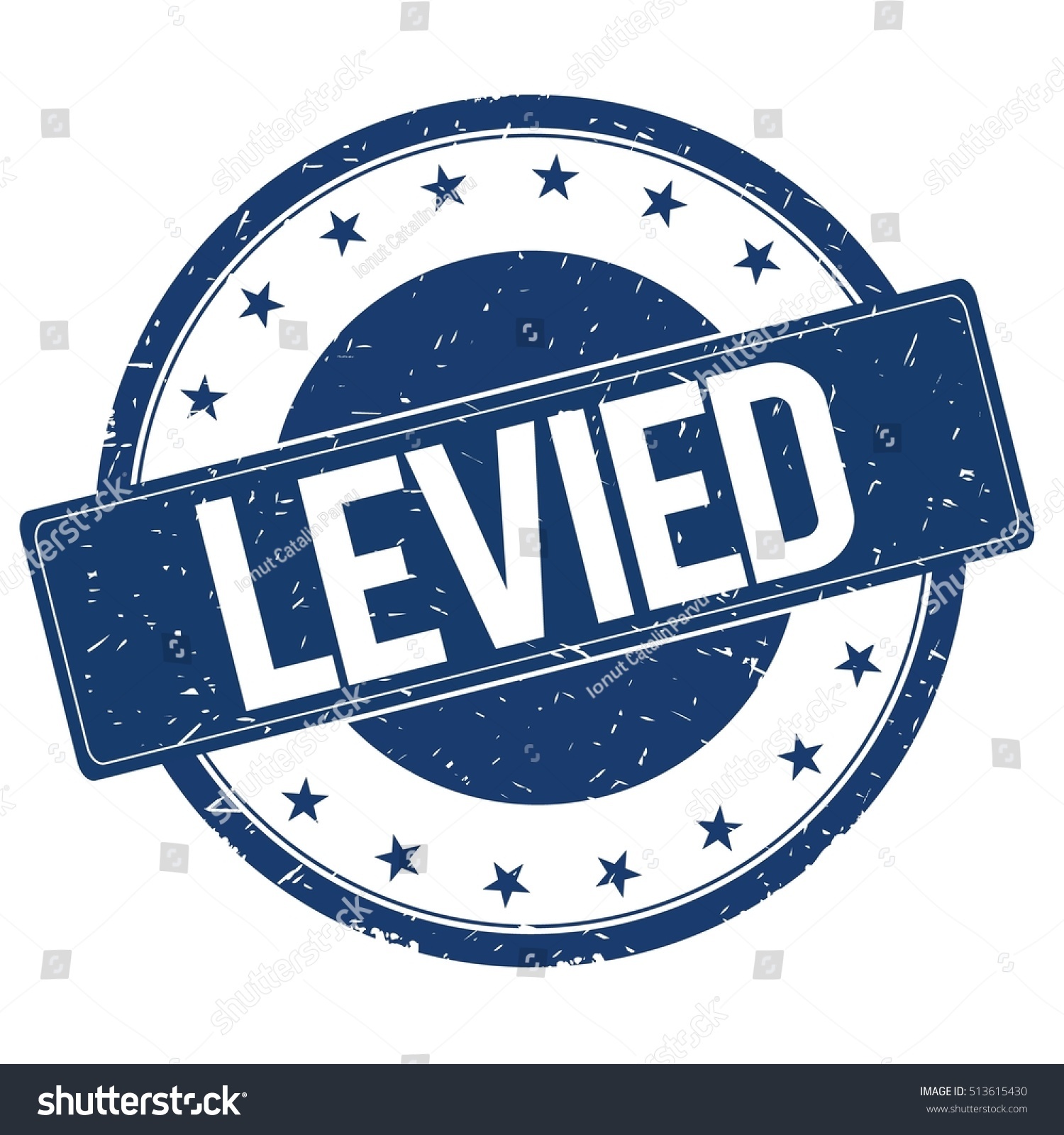
Here’s part 2 of our series on some of the most common problems our clients bring to us. Read part 1 here, and stay tuned for the next installment.
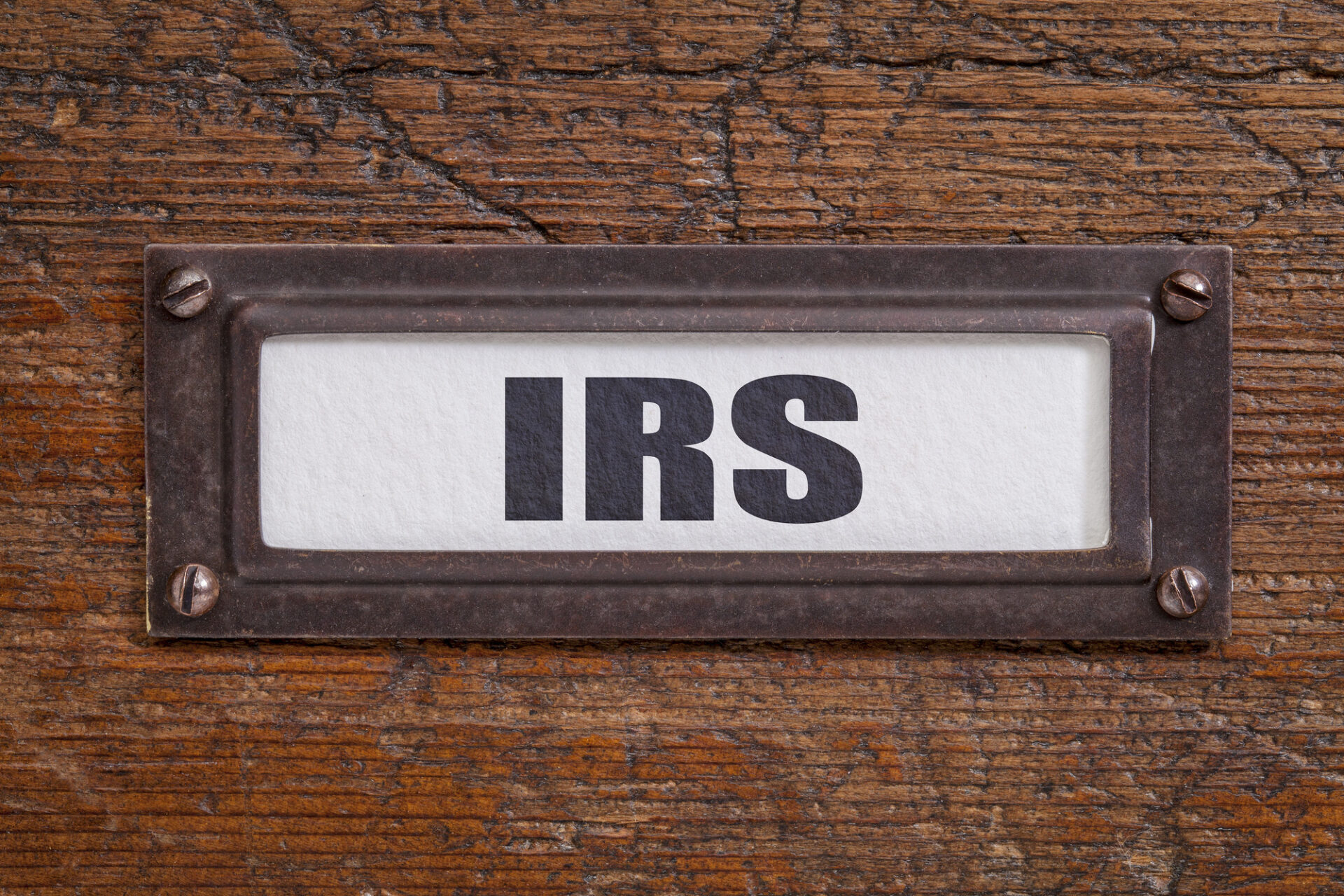
According to the latest IRS tax data, 14 million taxpayers owe the federal government around $131 billion in taxes and penalties. The IRS uses a variety of methods to resolve these tax disputes, but a levy is one of the most extreme methods. A levy can make day-to-day living almost impossible. As such, it’s crucial...
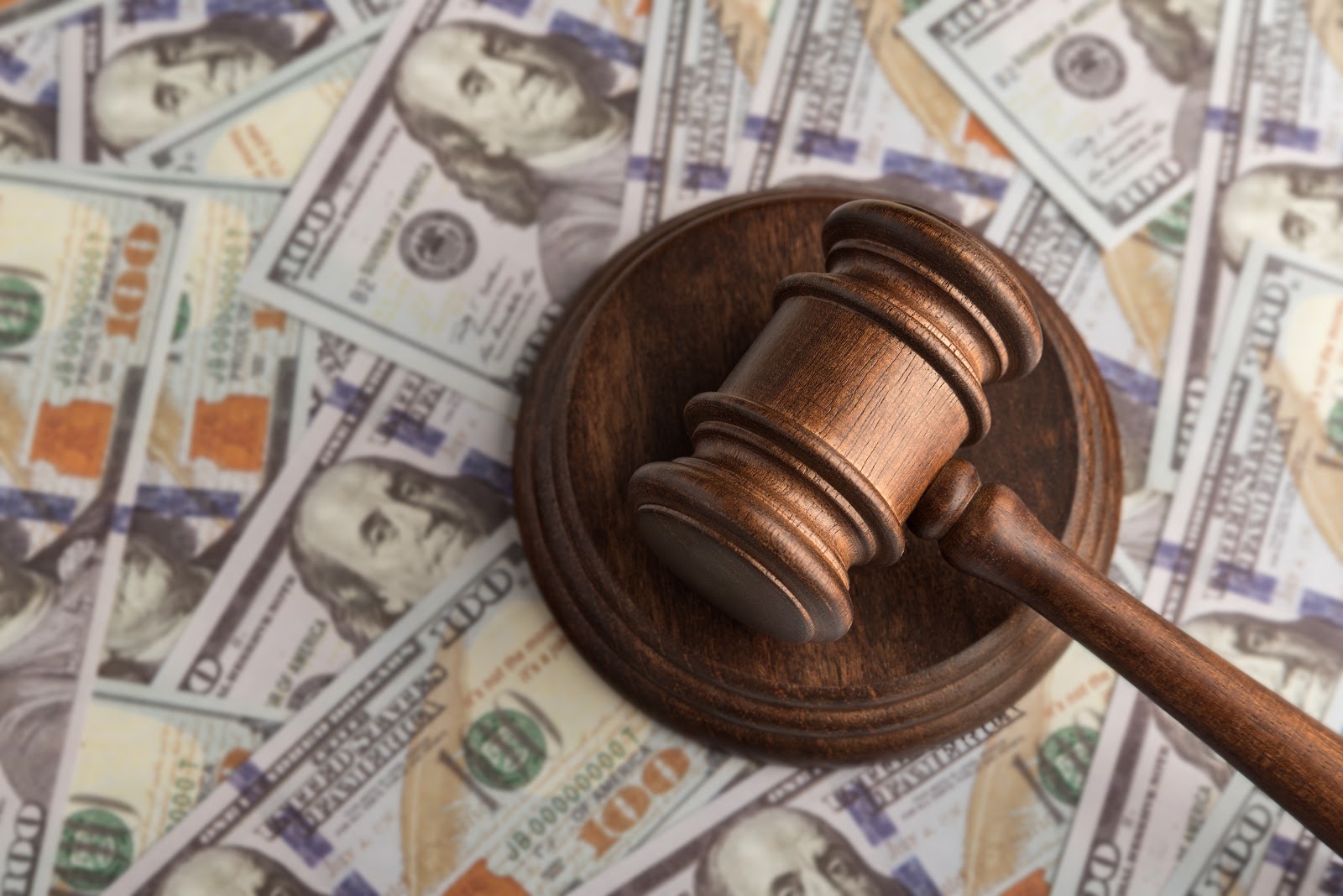
When you owe money to the IRS, they can use collection tools, such as bank levies, in exceptional circumstances to collect overdue taxes – with sometimes devastating consequences. But, what is a bank levy? A bank levy is the strongest weapon that the IRS and other creditors can use to collect on your tax balances,...
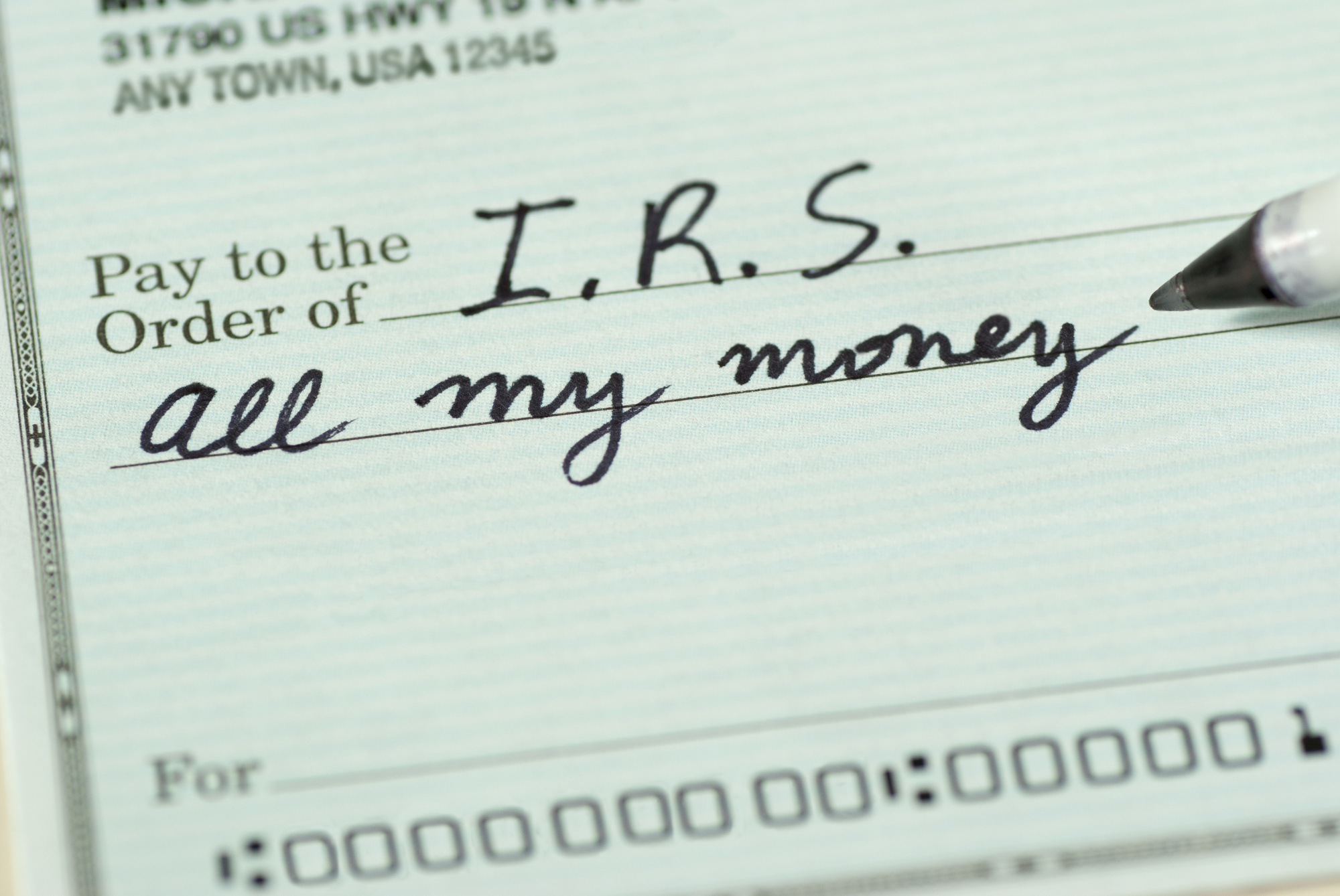
Have you received a Notice of Intent to Levy, and you are unsure of the next steps? If you have unresolved tax issues and keep receiving letters from the IRS, you aren’t alone. In 2019, the Internal Revenue Service issued 780,000 notices of levy to settle unpaid tax balances. If you currently face an IRS...

We’re in an era in which more small businesses are launching like wildfire. Many people find starting a small business of their own as easy as a piece of cake. However, most of the time, what they fail to prioritize are some of the major players involved in smoothly operating their small business. A...
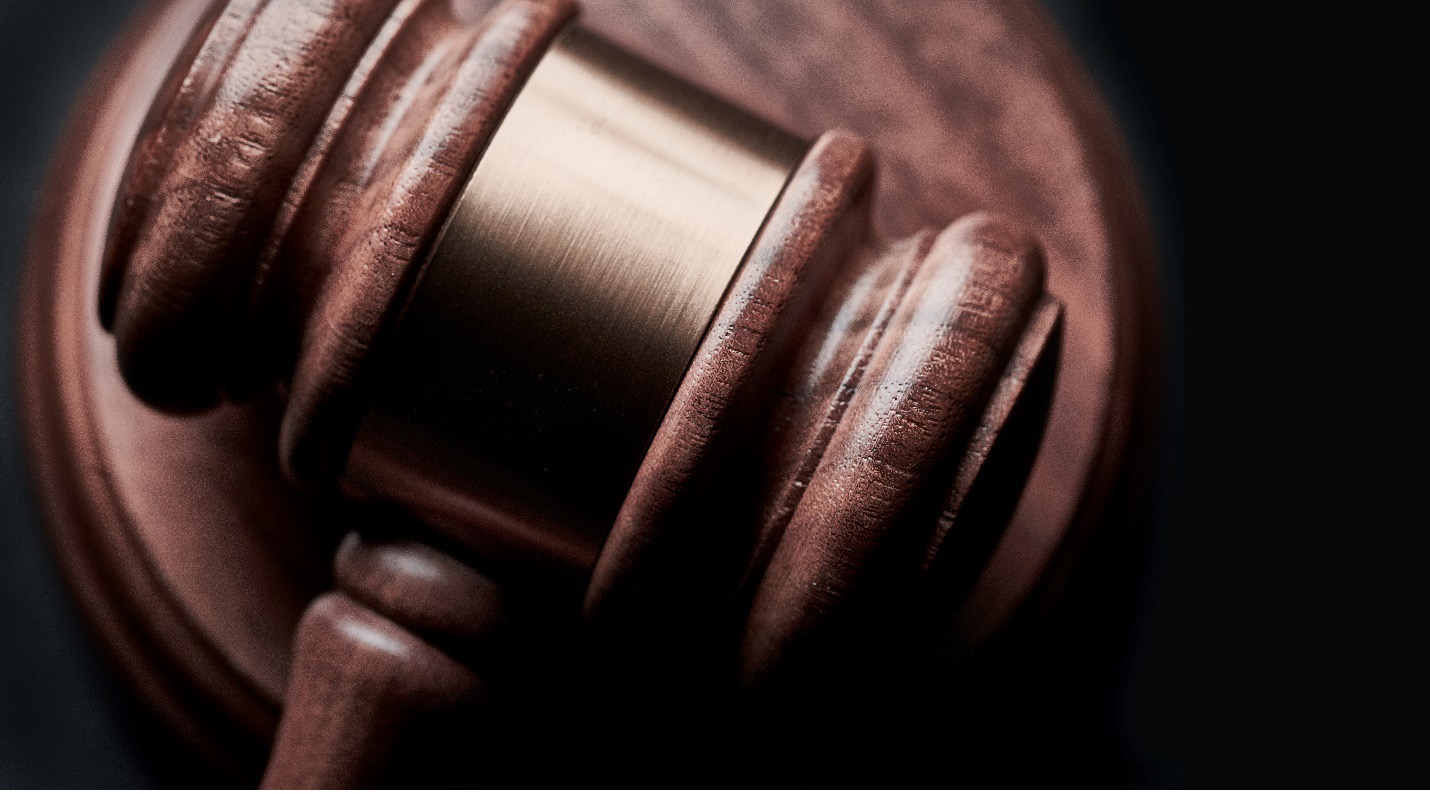
Do you know why most married taxpayers go for filing joint tax returns? It’s actually because of the benefits that it offers. But with joint tax returns, both the filers hold the responsibility for the tax bill or any penalties and interest that arise from it. Both are legally responsible for the entire liability, even...